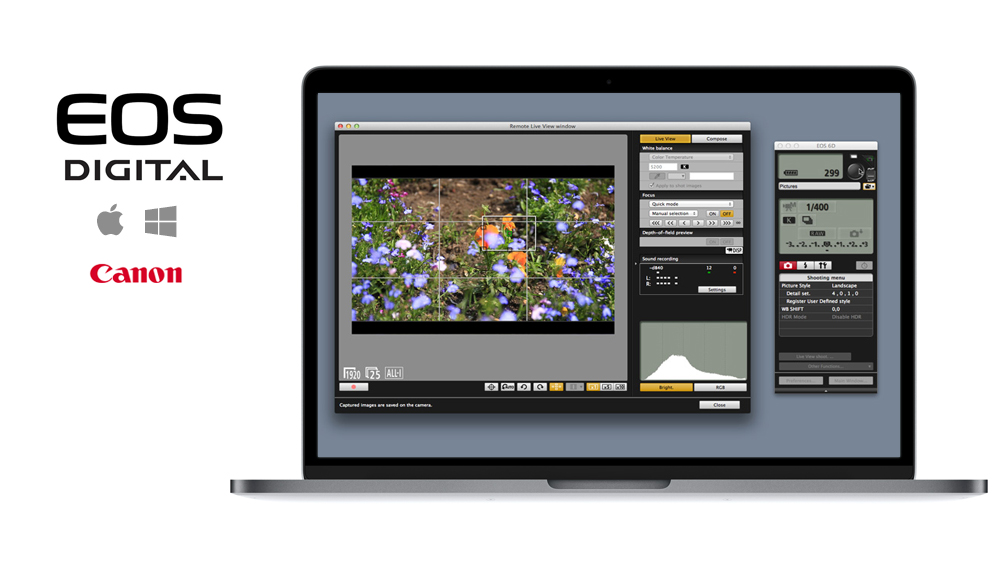Canon Eos 7d Utility Download Mac
I’m using Qt to develop a software for controlling Canon cameras on Mac OS X. For testing purpose I would like to install EOS Utility on Mac OS X. What makes me suprise is that Canon doesn’t provide link for downloading full EOS Utility but only its updater. If you start the installer, it’ll ask for current installation of EOS Utility. In this post I’ll show how to get full EOS Utility without CD.


- I have EOS 7D (First version) and running Mac OS High Sierra 10.13. When I open EOS utility-2 it opens and doesnt connect to camera but when I try to unplug and replug my camera it connects but immediately after that crashes.
- Windows - You may need to select in the taskbar to launch the EOS Utility, and then select Download images from EOS camera. Macintosh - The EOS utility starts automatically. The main window for EOS Utility appears. To download all images saved in the memory card, select Starts to download images.
If the Settings for downloaded images in the Download Images tab of the Preferences of EOS Utility are set to All images, clicking Download after reconnecting the camera will download all images. However, if images are not erased from the camera, the same images will be downloaded every time images are downloaded using EOS utility.
1. Search “eos utility download” on search engine and go to Canon website for downloading software.
2. Filter software according to your operating system

Canon Eos 70d Utility Mac Download
3. Download “EOS Utility x.xx.xx.x Updater für Mac OS X”
4. Run installer, drag updater to your desktop.
5. Right click on updater and choose “Show package contents”
Canon Eos 7d Software Download
6. Go to Contents/Resources, open Info.datx with TextEdit
7. Delete content of Info.datx, the file should be blank after deletion.
Canon Eos Utility Windows 10
8. Now execute the updater from your desktop, you can install full version of EOS Utility.
Canon Eos 700d Software Download Mac

9. After installation finishes, execute the updater again from your download so that you get your installed version updated.
Using numeric suffix of filenames written by the camera on a flash card is not equivalent to camera's shutter count (the suffix resets to 0 after 9999). Here are examples when the filename does not indicate the true number of pictures taken with the camera.Canon 7d Driver Windows 10
- A new flash card is inserted containing a picture file with higher numerical suffix. The numbering then continues with this higher suffix.For example, if the last file written by the camera was IMG_3750.JPG, this indicates that the shutter count is 3750. If a new flash card is inserted with a file IMG_4100.JPG, then the next picture taken with the camera will be written under IMG_4101.JPG. The shutter count in this case will be only 3751.
- If a blank flash card is inserted afterwards, some cameras like the Canon 60D will continue previous filename numbering; for example, will write file IMG_4102.JPG when shutter count is 3752.The file name is edited to lower the numerical suffix. Some cameras, such as the Canon 5D Mark II, will use the card filename to construct the name for the next picture. This results in a much lower perceived shutter count than the true shutter count.For example, let's say the filename is edited from IMG_9000.JPG to IMG_2000.JPG. The next picture file written by a camera like Canon 5D Mark II will be IMG_2001.JPG. The perceived shutter count is 2001, whereas the real shutter count is 9001.
- Pictures are taken when the camera is connected directly to a computer (without a flash card inside).
